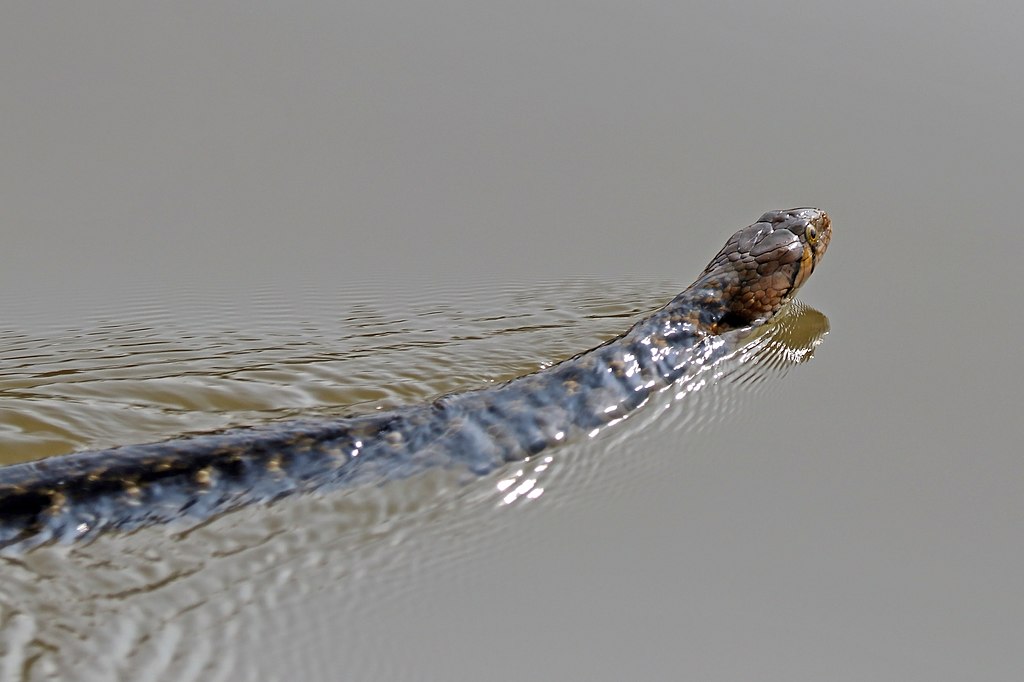Moving to a new home is stressful for everyone involved – including your pet snake. These reptiles are highly sensitive to changes in their environment, and relocating can cause significant stress that may lead to health and behavioral issues. Unlike mammals that might explore and adapt quickly, snakes rely heavily on feeling secure in their territory. A successful transition requires understanding your snake’s needs and creating an environment where they can gradually adjust to their new surroundings. This comprehensive guide will walk you through essential steps to help your slithery companion feel safe and settled after a move.
Understanding Snake Stress Signals

Before implementing any strategies, it’s important to recognize when your snake is experiencing stress in their new environment. Common stress indicators include refusing meals, excessive hiding, defensive posturing, or unusual movement patterns like glass surfing (repeatedly sliding along the terrarium glass). Some snakes may become more aggressive or, conversely, unusually lethargic when feeling insecure. Physical symptoms might include regurgitation after eating, abnormal shedding patterns, or changes in defecation habits. Being able to identify these signs early allows you to adjust your approach and address specific concerns before they develop into more serious issues.
Maintain Familiar Scents and Objects
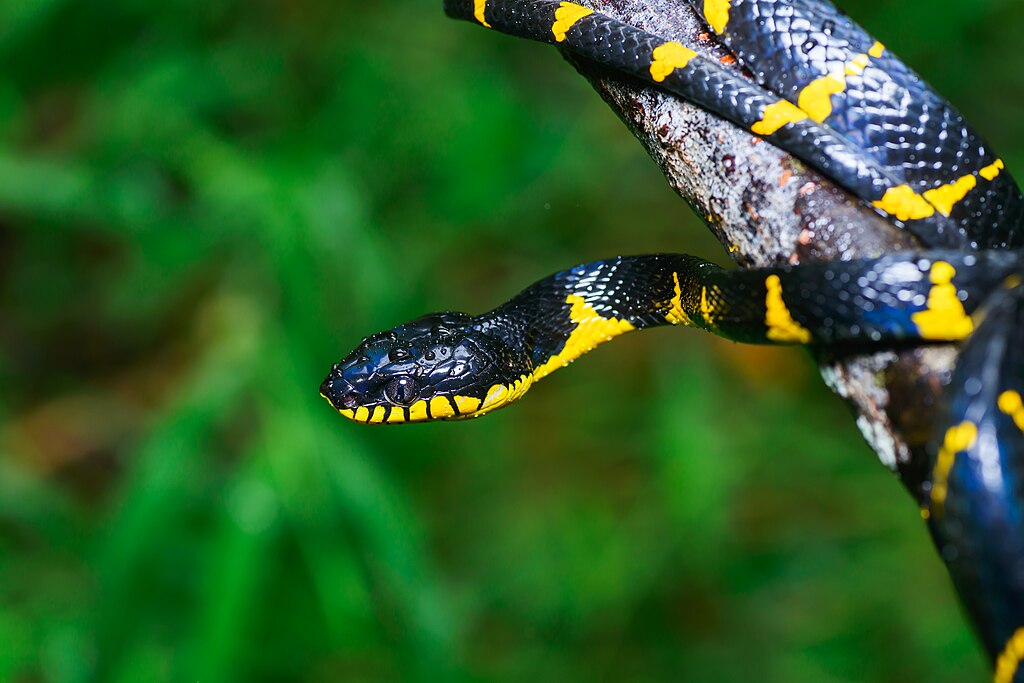
Snakes rely heavily on their sense of smell to understand their environment, making familiar scents critically important during a transition. When moving, avoid washing bedding, hides, decorations, or other enclosure items immediately before or after the relocation. The preserved scent markers from their previous home will help your snake recognize these items as their territory despite being in a new location. If possible, transfer some of the old substrate (bedding material) to the new setup rather than starting with entirely fresh materials. Even keeping water bowls and feeding tools the same can provide valuable continuity during this unsettling time for your reptile companion.
Recreate the Exact Enclosure Setup
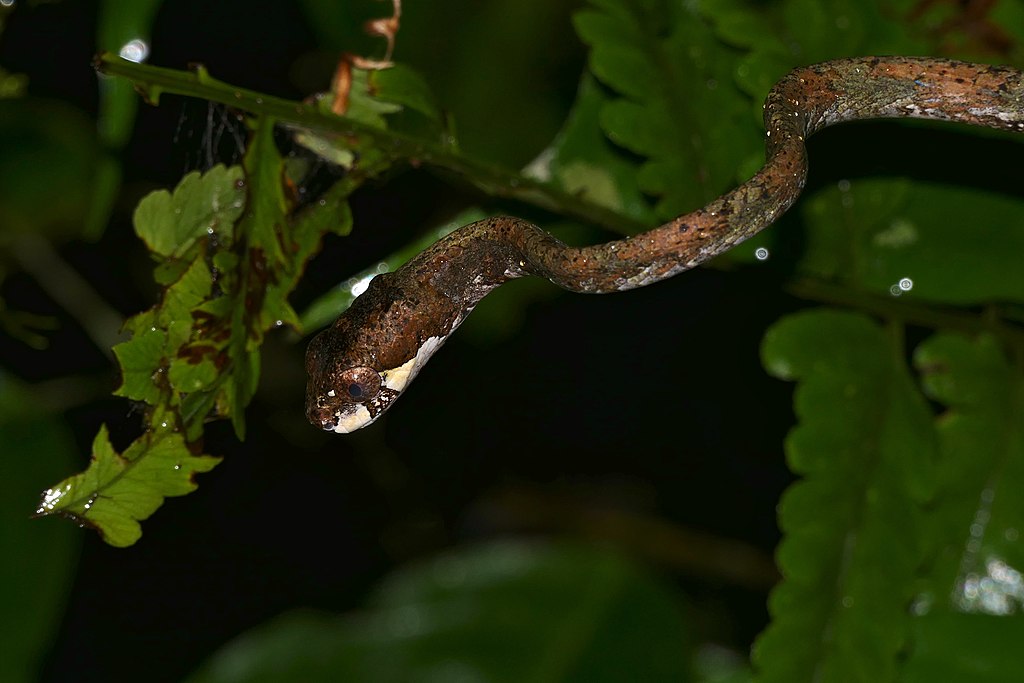
Consistency in habitat arrangement provides significant comfort to a relocated snake. Try to position hides, climbing branches, water dishes, and decorative elements in the same configuration as they were in the previous enclosure. Take photos of the original setup before dismantling it to ensure accurate recreation in the new location. Maintain the same temperature gradient, ensuring hot spots and cool retreats are positioned similarly to what your snake was accustomed to before the move. This spatial familiarity helps your snake navigate confidently in what would otherwise feel like completely foreign territory, reducing the time needed to establish new mental mapping of their habitat.
Optimize Hide Options
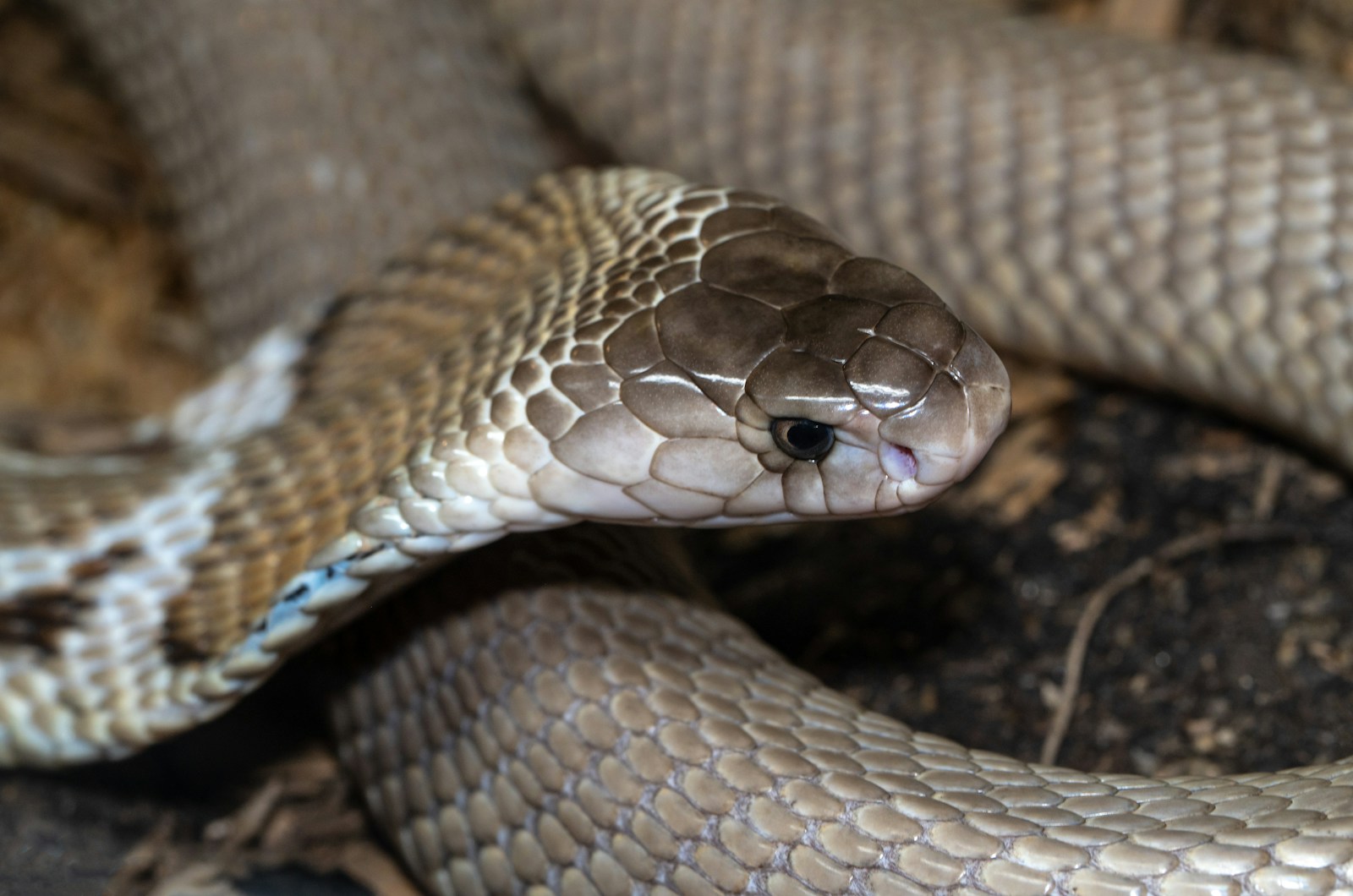
Security for snakes is fundamentally linked to adequate hiding places, making this aspect particularly crucial after a move. Provide multiple secure hides throughout the enclosure, especially at both the warm and cool ends of the temperature gradient to allow thermoregulation without compromising security. Ideal hides should be snug—with your snake able to touch the sides and top when curled inside—creating the pressure contact that makes reptiles feel protected. Consider adding extra temporary hides during the transition period, as the additional options can reduce stress by giving your snake more choices for retreat. Commercial snake hides, cork bark flats, or even simple opaque containers with entrance holes can serve this purpose effectively.
Minimize Handling During the Adjustment Period
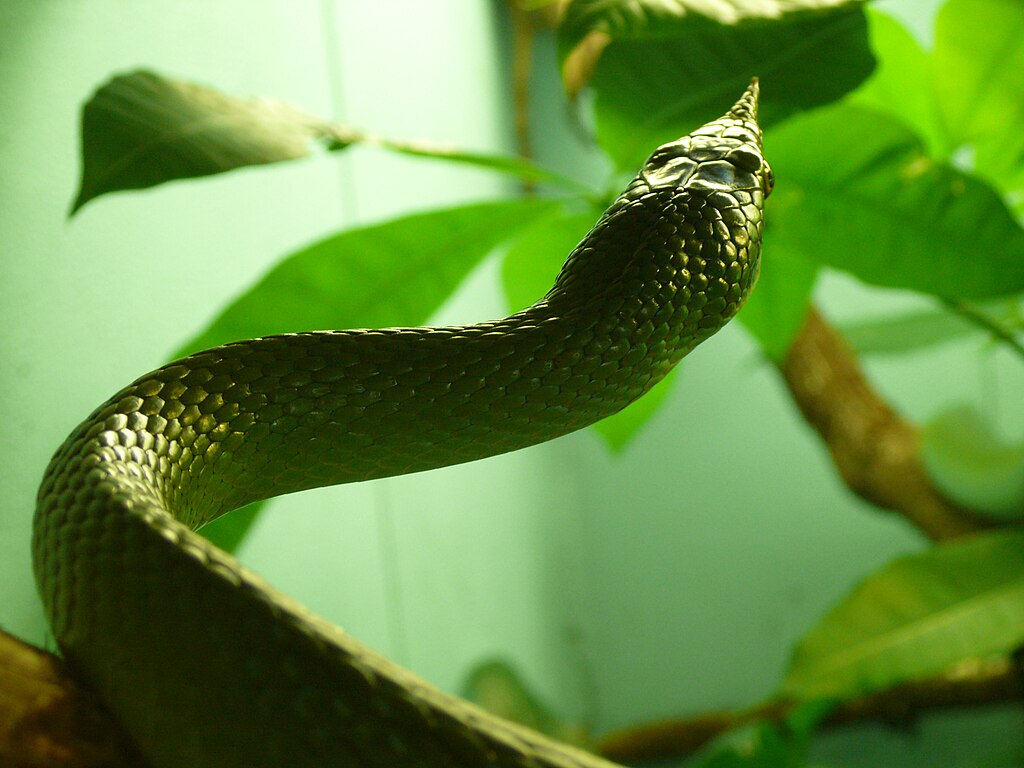
While you might be eager to reconnect with your pet after the chaos of moving, limiting physical interaction is crucial during the initial adjustment phase. Most snake specialists recommend a hands-off period of at least one week, extending to two weeks for particularly sensitive species or individuals. This handling hiatus allows your snake to process the environmental changes without the additional stress of being removed from their enclosure. Necessary maintenance should be performed quickly and with minimal disruption, ideally when the snake is naturally less active. Once your snake demonstrates normal behavior patterns and successfully accepts a meal in the new environment, you can gradually reintroduce regular handling sessions, starting with brief interactions and slowly increasing duration.
Maintain Optimal Temperature and Humidity
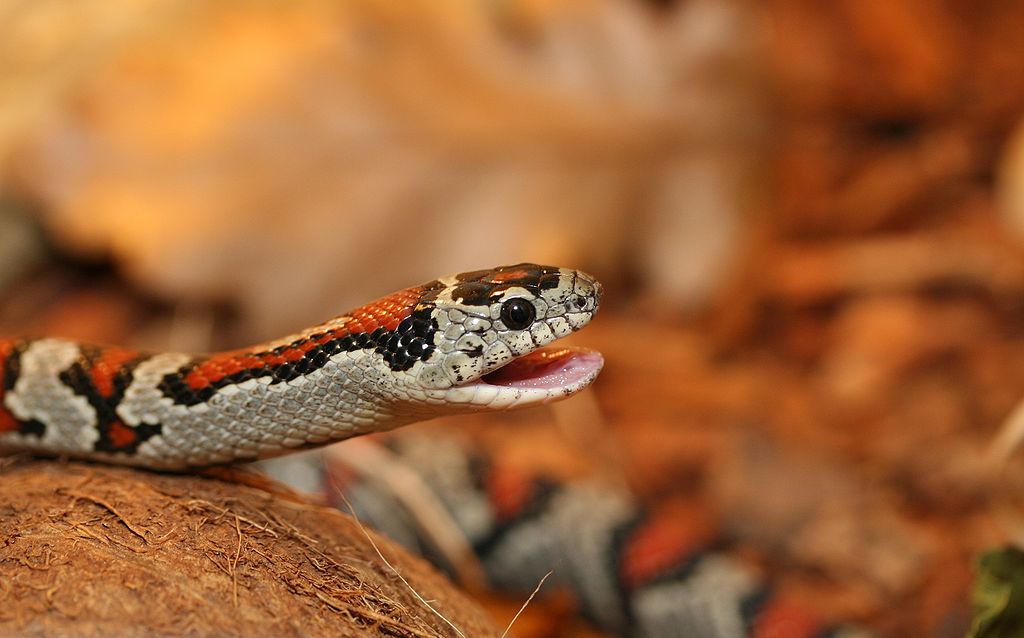
Environmental parameters are non-negotiable aspects of snake care that become even more critical during periods of transition. Use reliable thermometers and hygrometers to monitor conditions precisely, ensuring that temperature gradients and humidity levels match the specific requirements of your snake species. Equipment malfunctions or incorrect settings in a new space can create additional physiological stress that compounds relocation anxiety. Verify that heating elements, thermostats, and any misting systems are functioning correctly before reintroducing your snake to their enclosure. Environmental stability is particularly important for recently moved snakes, so be vigilant about preventing fluctuations that might further disorient your pet as they adjust to their new surroundings.
Create a Low-Stimulation Environment
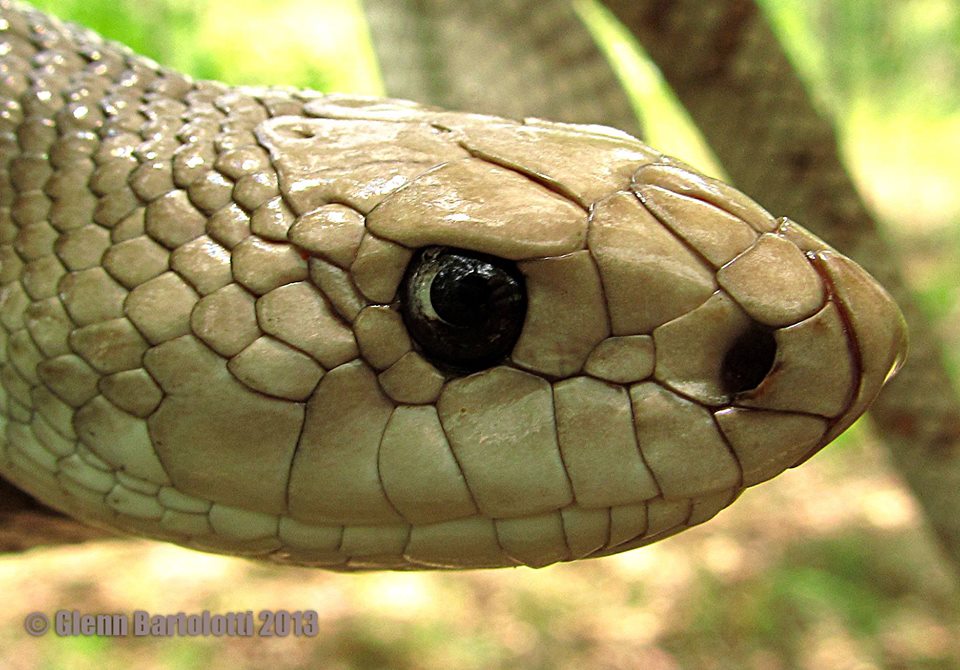
Sensory overload can significantly increase stress for a snake adjusting to a new location. Position the enclosure in a quieter area of your new home, away from high-traffic zones, loud televisions, or powerful speakers. Avoid placing the habitat near windows with direct sunlight that could create unexpected temperature fluctuations or expose your snake to moving shadows that might be perceived as threats. Consider partially covering the sides of glass enclosures with backdrop materials to reduce the feeling of vulnerability from multiple viewing angles. Keep other pets, particularly potential predators like cats or dogs, from closely approaching the enclosure until your snake has fully acclimated to the new environment.
Establish a Consistent Routine

Predictability provides security for reptiles, making routine maintenance and interaction schedules important stabilizing factors after a move. Maintain consistent timing for daily activities like misting, spot cleaning, or changing water. Feed your snake at the same intervals and times as before the relocation, using familiar feeding methods and prey items to reinforce continuity. Avoid introducing new handling techniques, diet changes, or habitat modifications during the adjustment period, as these variables could create additional stress. The goal is to communicate to your snake through behavioral consistency that while the location has changed, the patterns that define their care remain dependable and familiar.
Adjust Feeding Expectations

Many snakes temporarily refuse food when adjusting to new surroundings, and understanding this natural response helps prevent unnecessary worry. Expect potentially delayed feeding responses for up to several weeks, depending on your snake’s species and individual temperament. Ball pythons, for instance, are notorious for fasting during periods of change and may go without eating for extended periods without health concerns. Continue offering appropriately sized prey at regular intervals, but remove uneaten items after a reasonable waiting period to maintain enclosure hygiene. Monitor your snake’s weight and body condition during feeding strikes, becoming concerned only if significant weight loss occurs or if the fast extends beyond what’s typical for your particular species.
Monitor for Health Changes
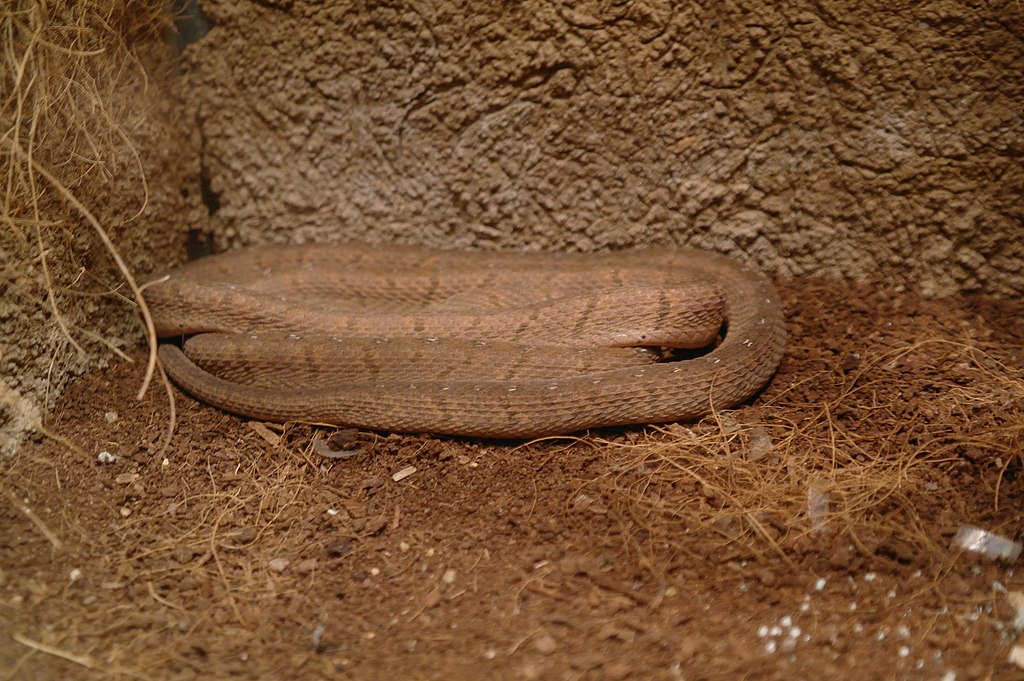
Stress can compromise a snake’s immune system, making vigilant health monitoring essential during the post-move adjustment period. Watch for any respiratory symptoms like wheezing, bubbling around the nostrils, or open-mouth breathing, which could indicate respiratory infections triggered by stress or environmental imbalances. Check regularly for proper hydration by observing skin elasticity and overall body condition. Unusual posturing, difficulty moving, or pronounced lethargy beyond normal hiding behavior warrants professional attention. Keep detailed records of eating, defecation, and shedding events to identify any concerning patterns that might develop during this sensitive transition period.
Consider Temporary Enclosure Modifications
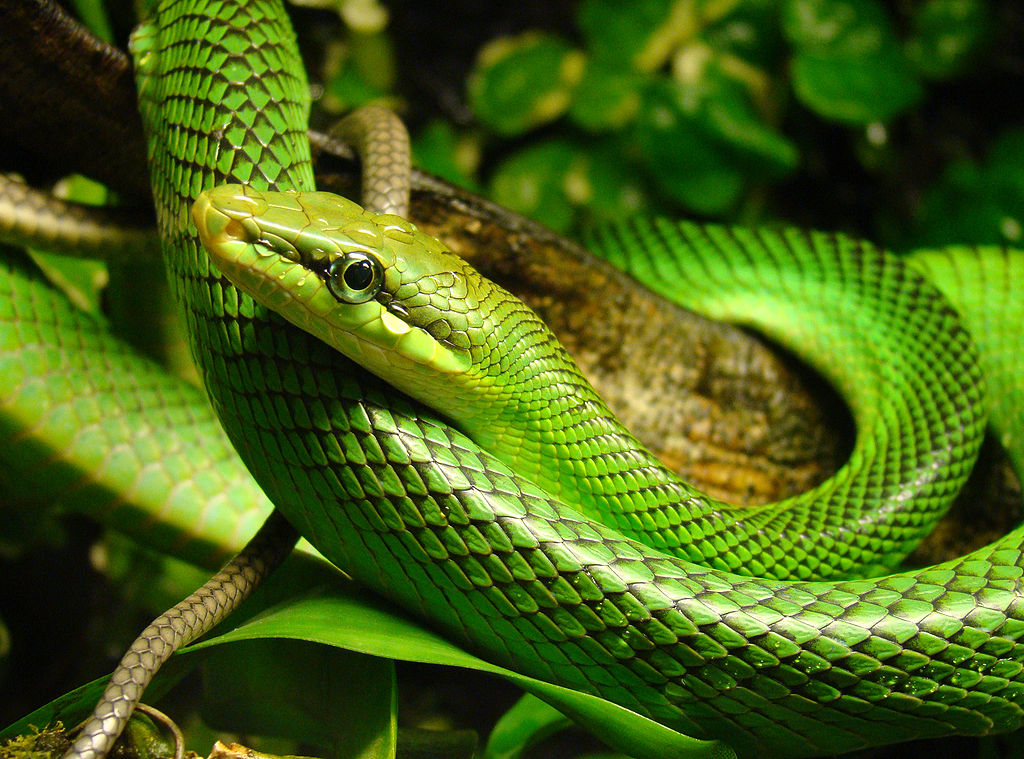
Strategic temporary adjustments to your snake’s habitat can significantly ease transition stress in a new location. Some keepers find success with slightly higher ambient temperatures (within species-appropriate ranges) during the first few weeks, as the increased warmth can help stimulate activity and digestion in a stressed reptile. Providing additional substrate depth allows for more complete burrowing behavior in species that find security underground. For arboreal or semi-arboreal species, adding extra climbing options and elevated hiding spots can create more opportunities for the snake to find positions where they feel secure. These modifications can be gradually returned to normal as your snake demonstrates increased comfort in their new environment.
When to Seek Veterinary Assistance
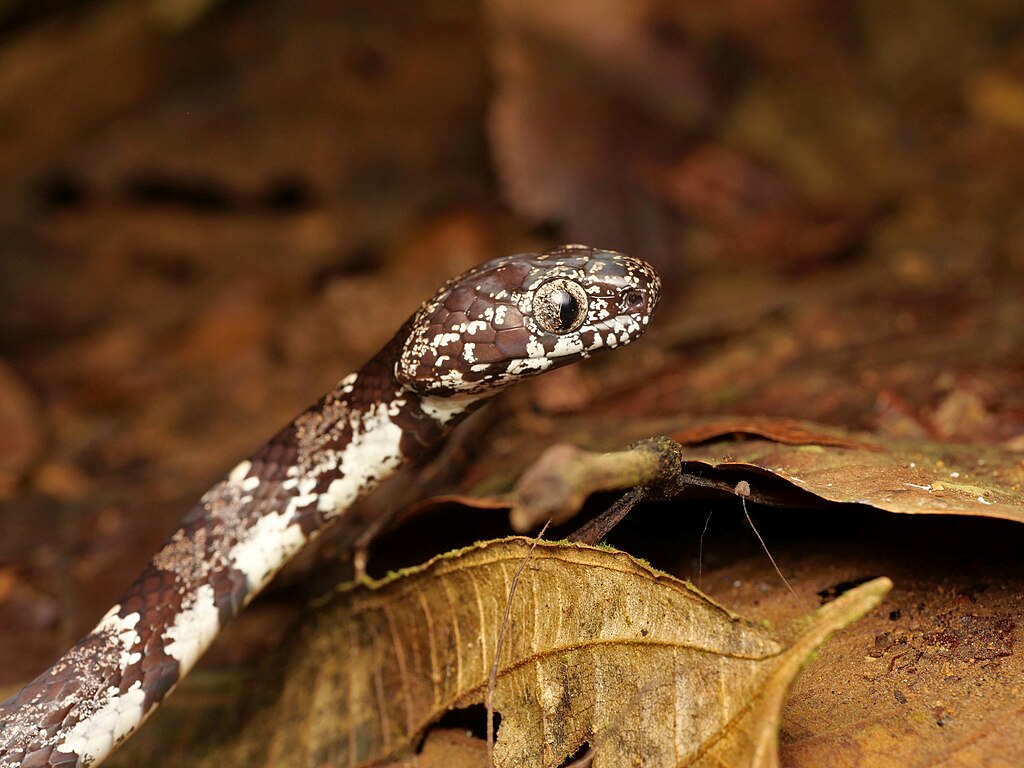
While adjustment periods vary widely between snake species and individuals, certain signs indicate when professional intervention becomes necessary. Prolonged food refusal leading to significant weight loss (more than 10-15% of body weight) requires veterinary evaluation, as do any signs of respiratory distress or unusual discharges. Dramatic behavior changes that persist beyond several weeks, such as constant defensive posturing or unrelenting restlessness, may indicate stress levels requiring medical management. Regurgitation of multiple meals despite proper temperatures and feeding protocols should prompt a health assessment. Establish a relationship with an experienced reptile veterinarian in your new location before problems arise, ensuring you have immediate access to qualified care if concerning symptoms develop during the transition period.
Practice Patience and Observation
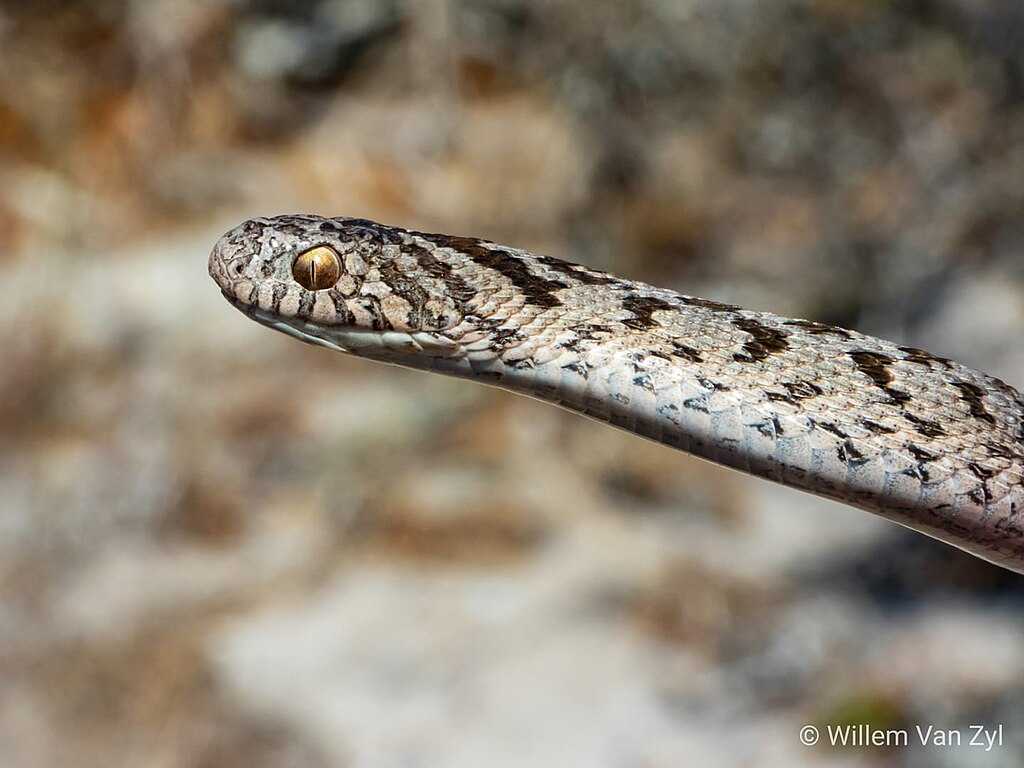
Perhaps the most important element in helping your snake adjust to a new home is giving them sufficient time to acclimate at their own pace. Different species and individual snakes have varying sensitivity levels to environmental changes, with some potentially requiring months to fully settle into new surroundings. Dedicate time to quietly observing your snake’s behavior without causing disturbance, noting gradual improvements in confidence and normal activity patterns. Celebrate small victories like your snake’s first willing exploration outside of hides, successful feeding, or complete shed cycle in the new environment. This patience-focused approach acknowledges your reptile companion’s natural rhythms and demonstrates respect for their unique adaptation process.
Moving with a snake requires thoughtful preparation and patience, but with the right approach, your scaly friend can successfully adapt to their new surroundings. By maintaining familiar elements, providing appropriate security, and respecting your snake’s need for gradual adjustment, you create an environment where stress is minimized and confidence can rebuild. Remember that each snake is an individual with unique preferences and adaptation timelines. Through careful observation and consistent care, you’ll soon enjoy watching your pet snake display all their normal behaviors in your new home, having successfully navigated this significant transition together.

